Learn how to plant, grow and care for the beautiful butterfly bush (Buddleia) in your garden with this comprehensive guide. Get expert tips on soil, sunlight, pruning and more to attract pollinators and enjoy stunning blooms.
The butterfly bush, also known as Buddleia, is a beloved addition to many gardens for its ability to attract a wide variety of pollinators, including butterflies, hummingbirds and bees. With its fragrant, vibrant blooms that come in shades of purple, white, pink and yellow, this shrub is not only a feast for the eyes but also a valuable source of nectar for wildlife.
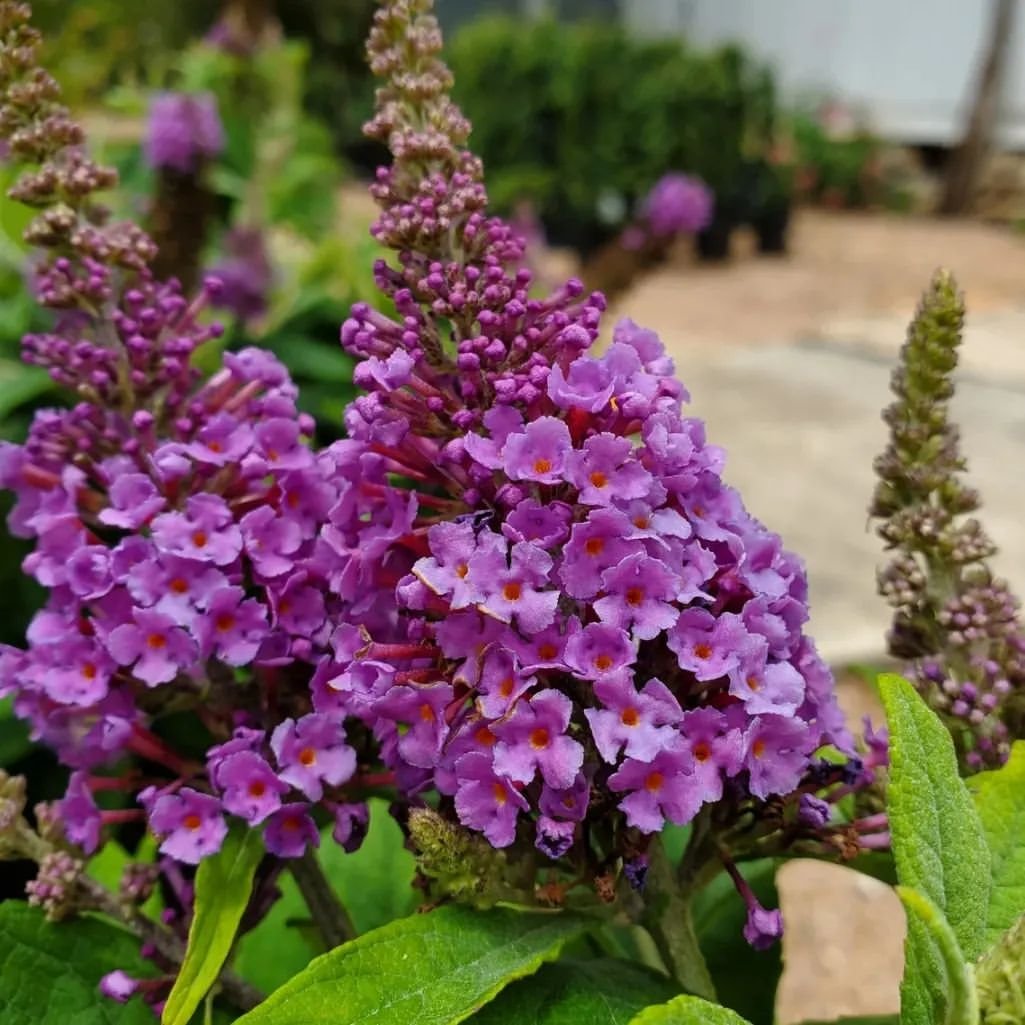
Here’s a concise information chart about the Butterfly Bush:
| Category | Details |
|---|---|
| Scientific Name | Buddleja davidii |
| Common Names | Butterfly Bush, Summer Lilac |
| Family | Scrophulariaceae |
| Origin | China |
| Plant Type | Deciduous shrub |
| Height | 5 to 10 feet (1.5 to 3 meters) |
| Spread | 4 to 15 feet (1.2 to 4.5 meters) |
| Flower Colors | Purple, pink, white, blue, yellow |
| Bloom Time | Summer to early fall |
| Sun Requirements | Full sun |
| Soil Requirements | Well-drained soil, adaptable to various soil types |
| Water Requirements | Moderate, drought-tolerant once established |
| USDA Hardiness Zones | 5 to 9 |
| Attracts | Butterflies, bees, hummingbirds |
| Invasiveness | Considered invasive in some regions |
| Uses | Ornamental, wildlife gardens, pollinator gardens |
| Pests/Diseases | Generally pest-free, susceptible to spider mites |
| Special Features | Fast-growing, fragrant flowers, attracts pollinators |
If you’re considering adding a butterfly bush to your garden, this guide will provide you with all the information you need to ensure its successful growth and care.
Choosing the Right Variety

Before planting your butterfly bush, it’s essential to choose the right variety for your climate and growing conditions. Some popular options include:
- Buddleia davidii (Summer Lilac): This is the most common variety, known for its purple, cone-shaped flower clusters and hardy nature.
- Buddleia alternifolia (Fountain Buddleia): A smaller, more compact variety with fragrant, lilac-colored blooms and a weeping habit.
- Buddleia x weyeriana (Weyer’s Butterfly Bush): A hybrid variety that produces vibrant yellow or orange flowers and is more cold-hardy than some other types.
Soil and Planting Requirements
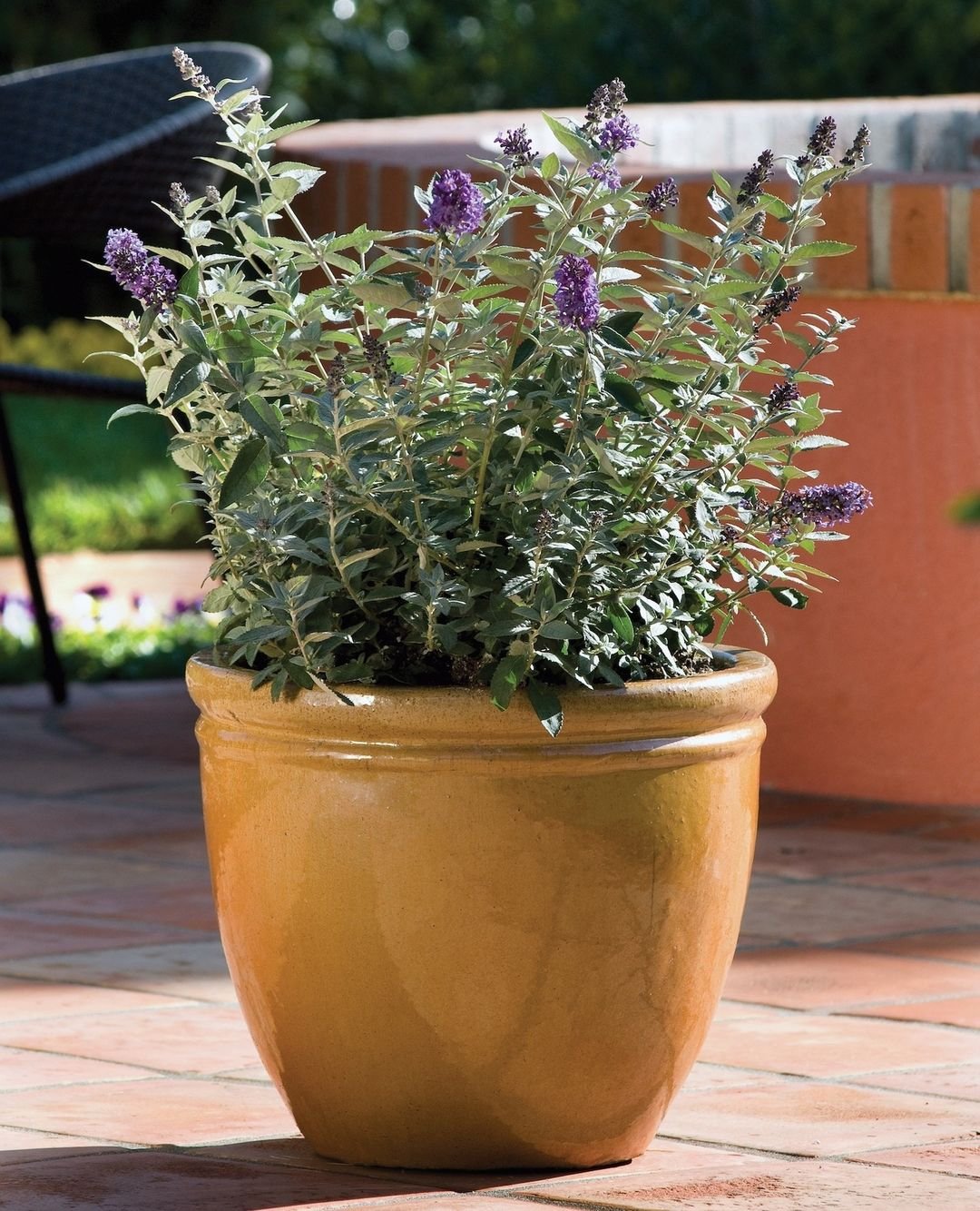
Butterfly bushes are relatively low-maintenance plants, but they do have specific soil and planting requirements for optimal growth.
Soil
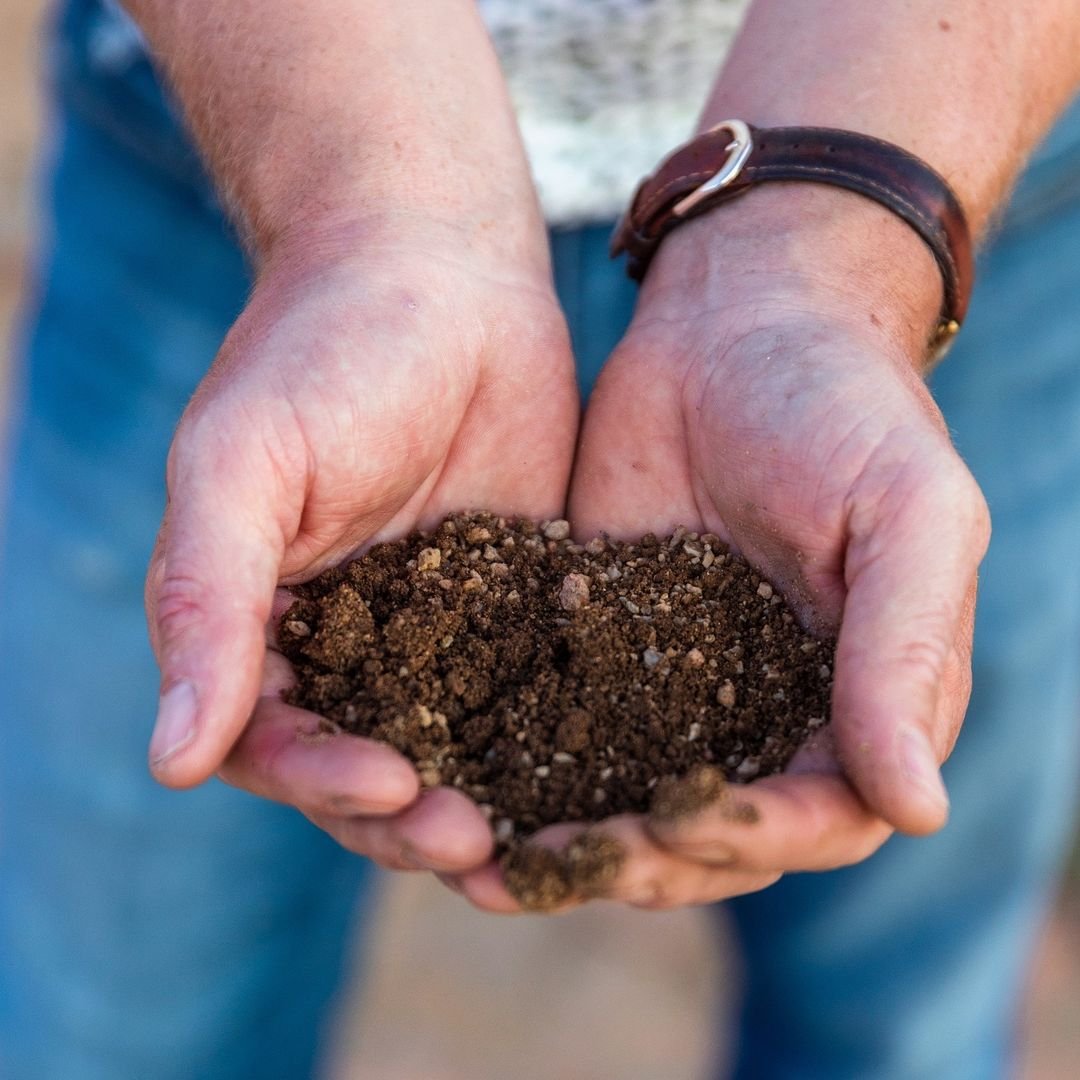
Buddleia prefers well-draining, slightly acidic soil with a pH between 6.0 and 7.5. If your soil is too alkaline, you can amend it with sulfur or peat moss to lower the pH. Planting: Choose a location that receives full sun (at least 6 hours of direct sunlight per day). Dig a hole twice as wide as the root ball and plant the bush at the same depth it was in the container. Space multiple plants 5-10 feet apart for proper air circulation.
Watering and Fertilizing

Proper watering and fertilizing are essential for promoting healthy growth and abundant blooms in your butterfly bush.
Watering: During the first growing season, water your butterfly bush regularly to help establish a strong root system. Once established, these plants are relatively drought-tolerant but will benefit from occasional deep watering during dry spells. Fertilizing: Apply a balanced, slow-release fertilizer in early spring, following the manufacturer’s instructions for application rates. Avoid over-fertilizing, as this can lead to excessive foliage growth at the expense of blooms.
Pruning and Maintenance
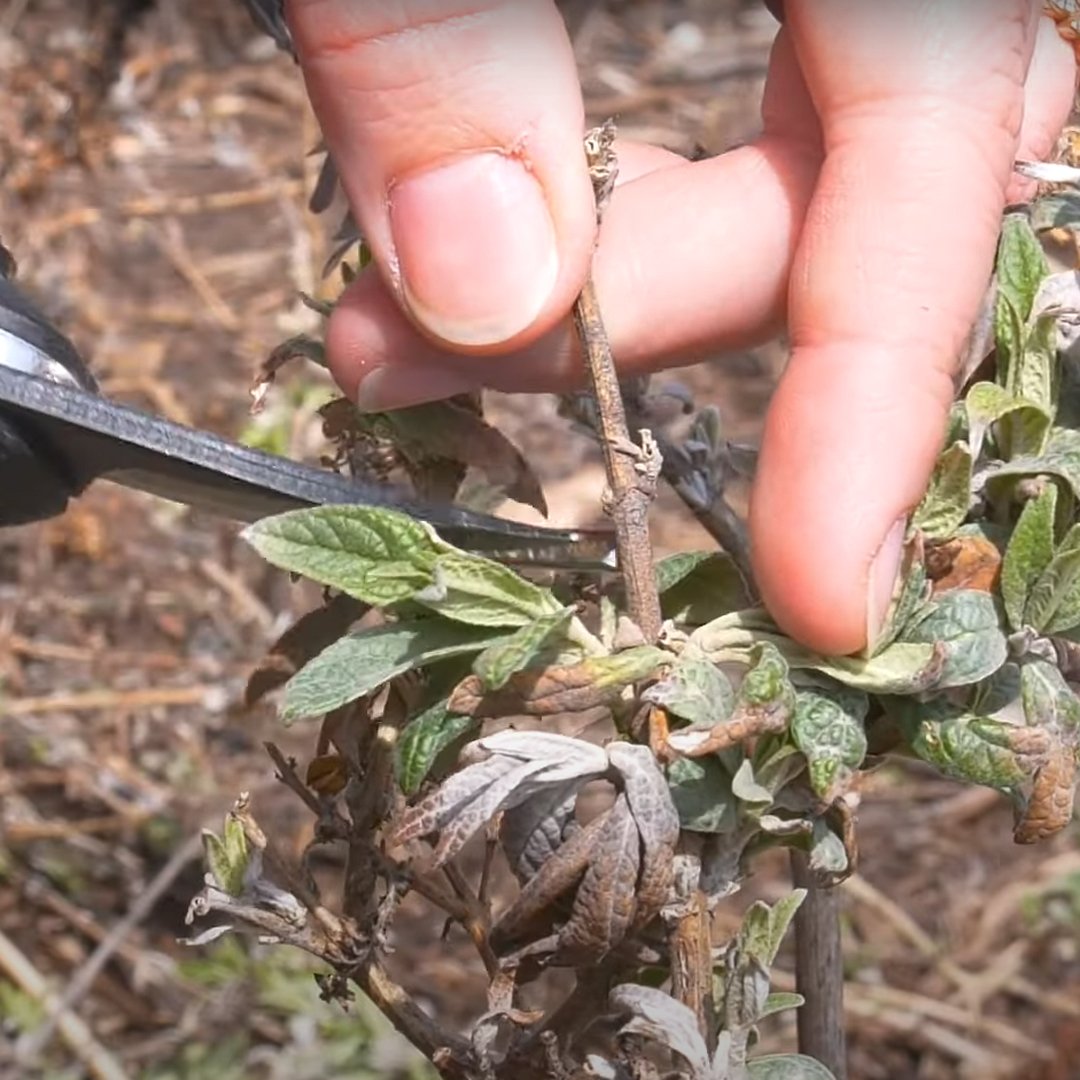
Regular pruning is crucial for maintaining the shape and promoting prolific flowering in your butterfly bush. Here are some pruning tips:
- Prune in late winter or early spring before new growth emerges.
- Remove any dead, damaged or crossed branches.
- Cut back the remaining stems by one-third to one-half of their height.
- Thin out the interior of the plant to improve air circulation and prevent disease.
It’s also a good idea to remove spent flower clusters throughout the growing season to encourage more blooms.
Pests and Diseases
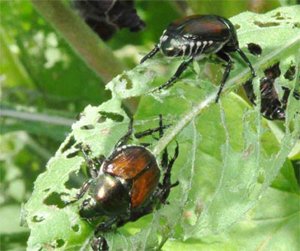
While butterfly bushes are generally hardy and resistant to many pests and diseases, there are a few potential issues to watch out for:
Aphids: These small, sap-sucking insects can infest the plant and cause stunted growth or distorted leaves. Treat with insecticidal soap or neem oil.
Powdery mildew: This fungal disease appears as a white, powdery coating on leaves and stems. Improve air circulation and avoid overhead watering to prevent its spread.
Root rot: Caused by overwatering or poor drainage, root rot can be devastating to your butterfly bush. Ensure well-draining soil and avoid waterlogged conditions.
With proper care and attention, your butterfly bush will reward you with a stunning display of blooms and a steady stream of pollinators visiting your garden. Whether you’re a seasoned gardener or just starting out, these low-maintenance shrubs are a fantastic addition to any outdoor space.
Pingback: 29 Beautiful Butterflies You Can Spot in the USA -
Pingback: How to Grow and Care for Pitcher Plant: A Complete Guide
Pingback: Butterfly Bushes: Tips for Growing Beautiful Varieties
Pingback: Butterflies: The Ultimate Spotter’s Guide to Winged Wonders
Pingback: How to Grow and Care for Peace Lily Plants: A Complete Guide
Pingback: How to Plant, Grow, and Care for Rattlesnake Plant: A Comprehensive Guide -
Pingback: From Patio to Plate: The Best Vegetables to Grow in ...